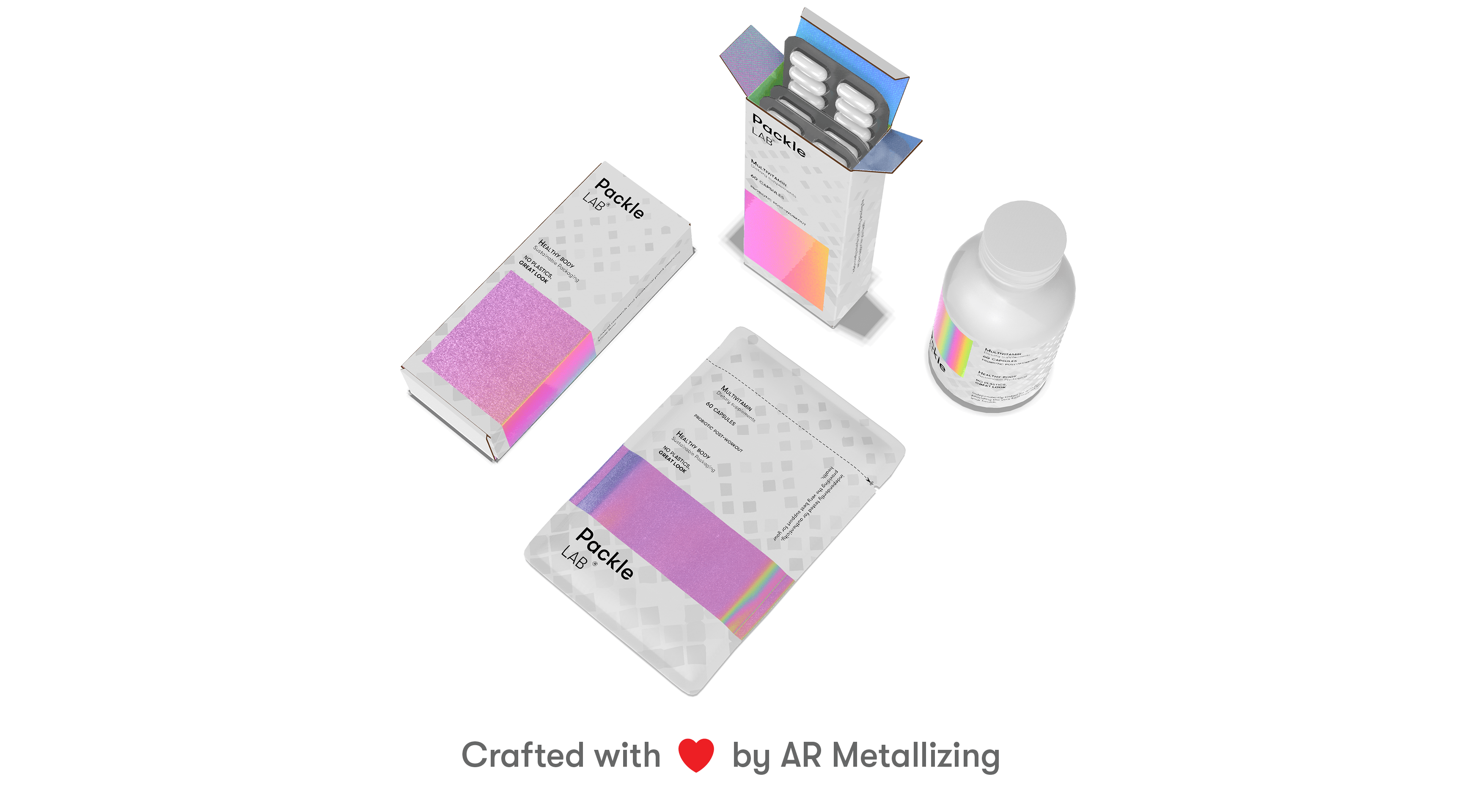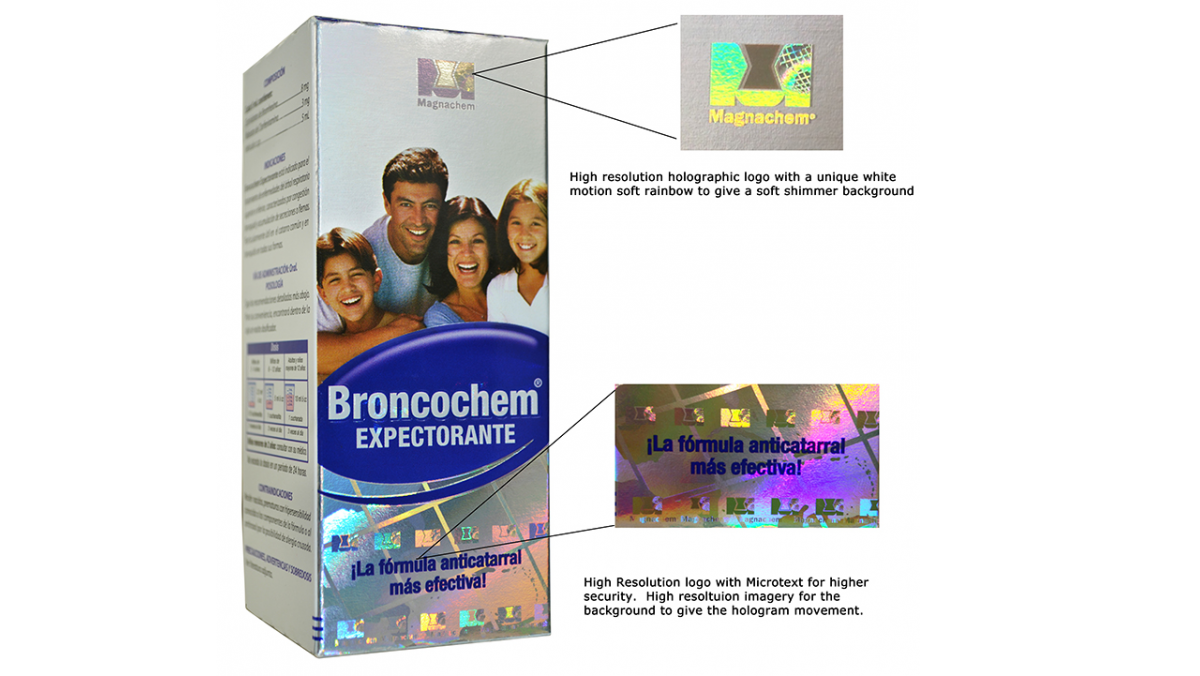How can pharmaceutical companies prevent counterfeiting?
Counterfeiting costs companies billions each year - and it’s not surprising when you take into account the fact fake goods accounted for 3.3% of world trade in 2019, according to the OECD.
Unfortunately, it doesn’t seem like the problem is going to go away any time soon. Both the growing market share of ecommerce and the Covid-19 crisis have contributed to a recent boom in counterfeiting, meaning that companies have to come up with increasingly inventive solutions to protect both their products and their customers’ health.

A recent rise in counterfeiting
In the early months of the Covid-19 crisis, worldwide shortages in products such as hand sanitizer, hygiene products, masks and other personal protective equipment (PPE) led to considerable stress on manufacturers and supply chains. At the same time, another threat emerged: the sale of fake pharmaceuticals, tests and medical products, which potentially pose a real danger to human health.
The rising popularity of online shopping, fuelled by forced closures of many brick-and-mortar stores, has also contributed to an increase in the sale of fake goods. Well-established online marketplaces such as Amazon provide a veneer of authenticity that enables counterfeiters to more easily offload fake and diverted goods.

Using packaging to combat counterfeiting
With health at the forefront of concerns in early 2021, how can manufacturers ensure that the products sold under their brand name are the real thing - especially when it comes to pharmaceuticals?
Over the past few years, a number of solutions have sought to integrate anti-counterfeiting measures directly into product packaging, which can be divided into two categories: overt (i.e visible to everyone, including consumers), and covert (which are hidden and require special testing equipment). Solutions include ink-based security features (often used for security documents), labelling solutions, barcodes, chip or RFID-based solutions, and multilayer solutions that integrate several of the above.
How holography discourages counterfeiting
Holography is an overt anti-counterfeiting measure that offers a cost-effective way to protect pharmaceuticals. Not only does it make packaging difficult and labour-intensive to copy, it’s also highly visible, enabling consumers to identify brand products in a glance and helping them feel confident that they’ve purchased an authentic article.
Fighting counterfeiting is essential, but it can also be time-consuming and expensive for manufacturers and brands, with potentially disruptive changes to manufacturing processes. AR Metallizing helps brands protect their customers’ health with custom holographic designs that perform similarly to standard coated papers, with little or no disruption to established workflows. Get in touch to find out more.